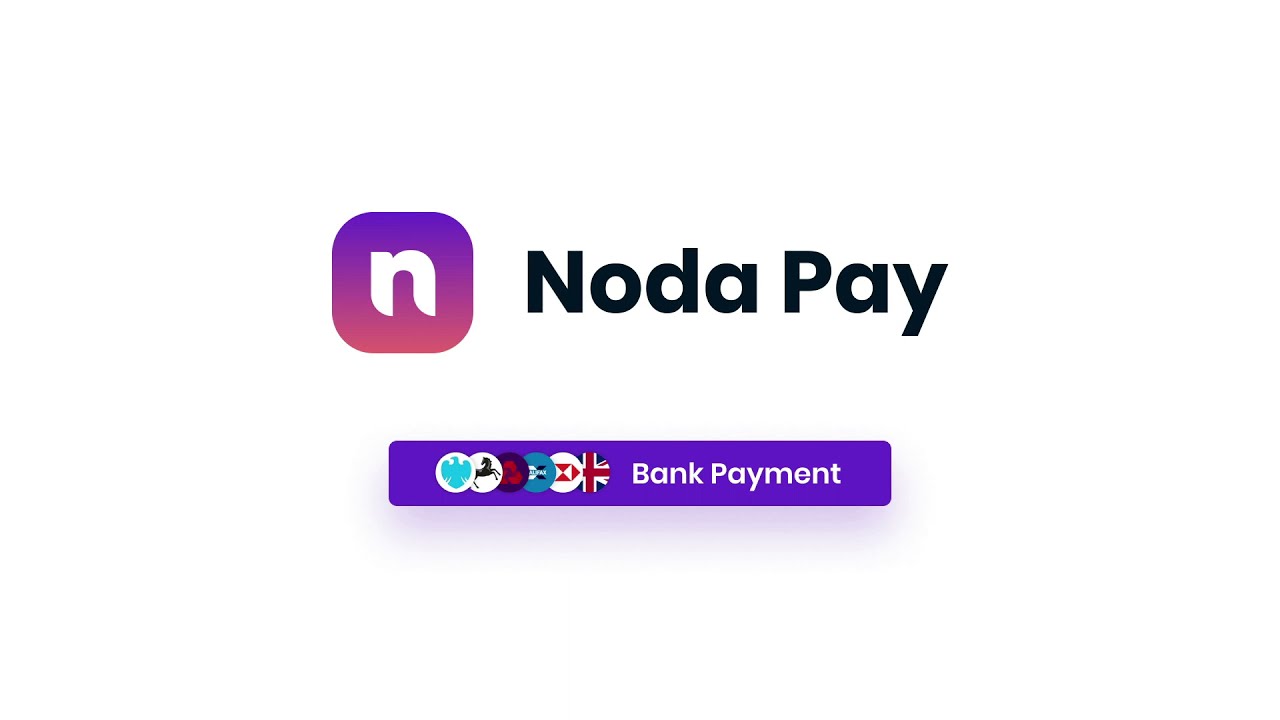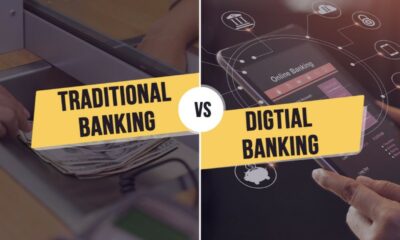Startup
Open Banking Payments: Beginning a New Era in Financial Transactions

As technology continues to advance and consumers grow more digitally savvy, the financial industry faces a critical juncture. Among the disruptive transformations reshaping this sector, open banking payments stand out, symbolizing a significant shift from traditional transaction methods. They offer a promising path towards faster, more transparent, and more user-friendly financial transactions for both consumers and businesses.
Understanding Open Banking Payments
At its core, open banking revolves around sharing banking data through Application Programming Interfaces (APIs). Open banking payments leverage this shared data, allowing third-party providers to initiate payments directly from a user’s bank account. This bypasses the traditional card networks and payment gateways, leading to quicker and often cheaper transactions.
For instance, when shopping online, instead of entering card details or using a third-party payment service, customers can consent to a direct bank transfer via an open banking platform. The payment is instantly transferred from the customer’s bank account to the merchant’s bank, eliminating intermediaries and reducing transaction costs.
Advantages of Open Banking Payments
- Lower Transaction Costs: By sidestepping credit card networks and traditional payment gateways, businesses can potentially save on transaction fees. This is especially beneficial for merchants with tight margins or those processing a large volume of transactions.
- Enhanced Speed: Transactions are often processed in real-time or within a matter of minutes. This is a marked improvement from some traditional methods, which could take hours or even days.
- Increased Security: Open banking payments are rooted in the principle of data sharing with consent. Customers must authorize each transaction, often through multi-factor authentication. Moreover, the technology behind open banking payments is constantly evolving. For example, secure payments with Noda ensure data integrity and protect against fraud, offering peace of mind to both merchants and consumers.
- Improved Cash Flow for Businesses: The promptness of open banking payments means that businesses receive funds faster, enhancing their cash flow. This can be crucial for maintaining inventory, paying suppliers, or meeting other immediate financial obligations.
- Direct Interaction with Banks: Open banking payments allow for direct communication between the merchant’s and customer’s banks. This can streamline dispute resolution and potentially reduce chargebacks.
- Ecosystem of Innovation: With the growth of open banking payments, there’s an influx of fintech solutions designed to capitalize on this technology. From detailed transaction analytics to bespoke customer experiences, the possibilities are far-reaching.
Challenges to Consider
While the prospects of open banking payments are enticing, there are challenges to navigate:
- Consumer Awareness: The concept, while revolutionary, is still unfamiliar to many. Educating consumers about the benefits, security measures, and functionality is vital.
- Trust and Security Concerns: Even with advanced security protocols in place, any new financial system faces skepticism. Building trust is crucial, especially when dealing with sensitive financial data.
- Interoperability: As open banking payments expand globally, ensuring smooth interoperability between different banks and fintech solutions becomes imperative. This is essential for facilitating cross-border transactions.
- Regulatory Landscape: Regulations around open banking and associated payments vary across countries. Navigating these complexities and ensuring compliance can be challenging for fintech providers and merchants.
The Future of Open Banking Payments
The development of open banking payments seems promising. As more banks and fintech companies adopt and promote this technology, the likelihood of its adoption will dramatically increase. Here are some potential future trends:
Global Expansion: While certain regions like Europe and the UK are at the forefront, other parts of the world are gradually warming up to the idea. As more countries embrace open banking, the global ecosystem for such payments will flourish.
Integration with IoT: As the Internet of Things (IoT) grows, open banking payments could integrate with smart devices. Imagine smart refrigerators automatically ordering and paying for groceries when they detect a shortage!
Personalized Consumer Experiences: With access to transaction data, businesses can offer more personalized shopping experiences. This could manifest in the form of tailored discounts, loyalty rewards, or product recommendations.
Enhanced Business Solutions: Beyond just the transaction, open banking payments will pave the way for comprehensive business solutions. These could range from advanced financial analytics tools to automated reconciliation systems.
Conclusion
Open banking payments are not merely a new way to transact; they represent a broader shift in the financial industry towards more direct, transparent, and efficient processes. While challenges exist, the potential benefits for consumers and businesses are significant.
As the world becomes more interconnected and digital, the demand for fast, secure, and transparent payment methods will only rise. Open banking payments are well-positioned to meet this demand, especially when strengthened by technologies like secure payments from Noda. The new era in financial transactions is already well underway.
-

 Business4 weeks ago
Business4 weeks agoHow to fill MSME Form 1? Step-by-Step Guide
-
Business4 weeks ago
From Marine to Chief: The Leadership Journey of Sean Mannix
-

 Gadget4 weeks ago
Gadget4 weeks agoAfter Grand Success on BLDC Ceiling Fan, Eff4 Is Launching Smart Bulb
-

 Festivals & Events4 weeks ago
Festivals & Events4 weeks agoGoogle Celebrates Cherry Blossom Season with Animated Doodle
-

 Business2 weeks ago
Business2 weeks agoPrakash and Kamal Hinduja: Driving Social and Environmental Change
-
Education3 weeks ago
Fred DuVal: University Leadership as a Critical Resource for Climate Change Research and Life-Saving Solutions
-

 Sports4 weeks ago
Sports4 weeks ago2025 NASCAR Craftsman Truck Series Baptist Health 200 at Homestead-Miami Speedway: Race Preview, Prediction, Schedule, Entry List, Drivers to Watch and How to Watch
-

 Health2 weeks ago
Health2 weeks agoThe Hinduja Brothers Commitment to Global Health: Empowering Communities Across Borders

























